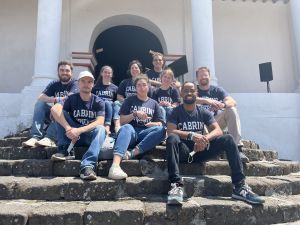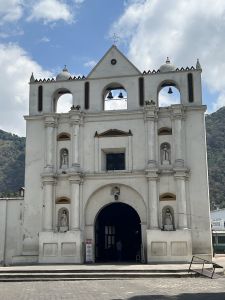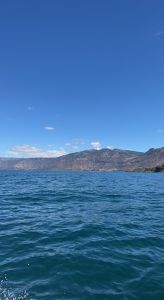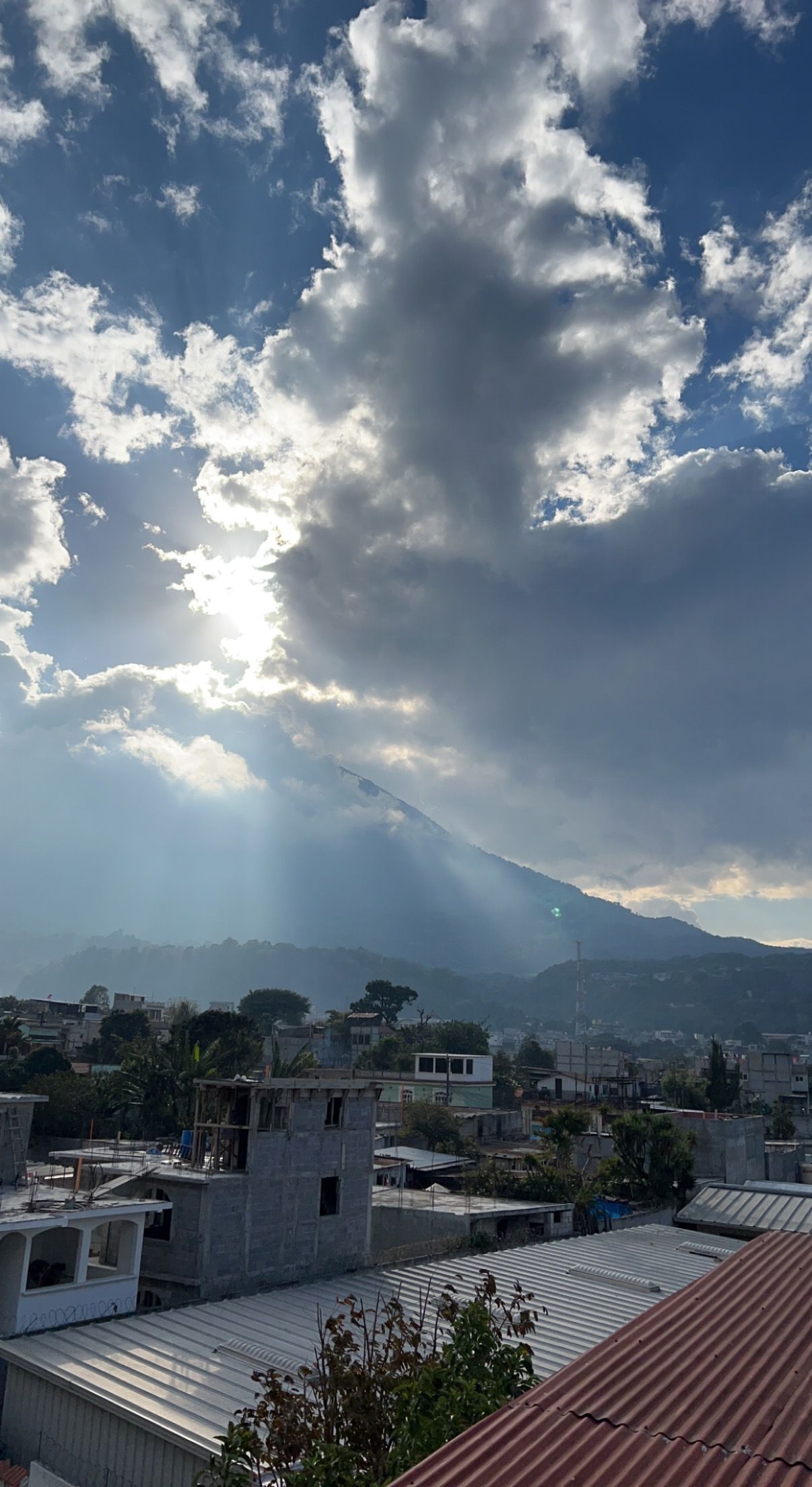
Photo: Chris Schaller
The ride from the airport showed the vast differences between life in the U.S. versus urban, suburban and rural Guatemala. Many vendors would come up to tourists such as ourselves, looking to sell products to provide for their families. Shack-homes, street markets, stray animals; much was resemblant of a developing country. The scenery, on the other hand, was remarkable; lush green mountains, volcanoes, lakes and coffee/sugarcane farms.
Over spring break, ECG 300 Study Abroad traveled to Guatemala and experienced a new culture.
The group departed from the Philadelphia airport to Guatemala City on Saturday, Feb. 26.
The trip was partnered with San Lucas Mission, a Catholic organization that funds several programs across the town of San Lucas Toliman. The organization was started by Fr. Greg Schaffer, a Minnesota priest who spent over 50 years on a mission in Guatemala prior to his death in 2012.
The ECG 300 group consisted of nine members including myself. I was skeptical of joining the class in Nov. due to COVID-19, however, one of my main goals in college was to study abroad. Before the trip and at the end of the trip, the group had to pass COVID-19 testing, which we all did.

Photo: Chris Schaller
From a glance afar the word “mission” reminds people of a group of predominantly white westerners going to developing countries, along with building and fixing sub-standard infrastructure for the people of that area. These actions are synonymous with the “white savior complex,” when in fact this was not what this trip stood for.
The ECG 300 class would split up into two groups and volunteered at several home building sites where Guatemalans instructed us on what to do. There was never a sense that we felt overbearing and were doing things for these people. If anything, we learned more from their culture, customs and hospitality than we did from work sites.
Despite facing an obvious language barrier, there were several times where I felt as if I had connected with the Guatemalan people, which differs from the prior countries that I have been to before such as, Greece, Germany and the UK. However the hospitality was unmatched. When we would walk around the town of San Lucas Toliman, random people would interact with us with a friendly “buenos dias, buenos tardes, buenos noches,” just a friendly greeting. In the U.S., some people would take a stranger greeting you as a threat.
Outside of the work activities, we spent time sightseeing on Lake Atitlan, which was surrounded by volcanoes and visited the towns of Santiago and San Juan which were on the lake. Throughout the week, we would visit the Women’s Center of San Lucas Toliman. The women’s center is a recreational area where women of San Lucas Toliman, mostly uneducated, can develop skills as well as run classes. There we saw the abundant amount of plants they grew for consumption, weaving class and held cooking classes.

Photo: Chris Schaller
Several speakers spoke to our group throughout the trip, the one that stood out to me the most was Marlon. Marlon is a Guatemalan who in attempt to flee Guatemala during the civil war, crossed the Mexican border and then eventually the U.S. Mexican border to give his children and wife a better life.
Marlon constantly moved around from Texas and Minnesota and then ultimately ended up working in Canada. After two deportations and a jail sentence, Marlon decided to move back to Guatemala for good. After hearing all the hardships that Marlon had to go through to get to the United States, it only strengthened my views on immigration, more-so than before.
There were several instances throughout the trip where despite the language barrier, I felt a connection with the people. Whether it was playing a game of 4 v 4 basketball or it was friendly street exchanges, it was less of a vacation and more of a learning experience that I was not expecting when I had signed up for this ECG 300 course.



